The Real Deal on Apple Cider Vinegar: What Actually Works and How to Use It Safely
I remember the first time I saw real, old-fashioned apple cider vinegar. It wasn’t the sparkling clear stuff you find in most grocery stores today. This was a murky, amber liquid with weird, stringy things floating around inside. It came from a local orchardist who had been making it the same way his whole life. He called those floating bits the ‘mother,’ and he told me they were the heart and soul of the vinegar. That stuck with me.
In this article
- How It’s Made: From Apple Juice to Tangy Vinegar
- Your Smart Shopper’s Checklist for Quality ACV
- Let’s Be Honest About the Health Claims
- Timeless Traditions and Kitchen Uses
- The Right Way to Use ACV (And How to Avoid Hurting Yourself)
- Safety First: Who Should Avoid ACV?
- My Final, Balanced Take
- Inspirational Gallery
Honestly, it taught me a crucial lesson: to really get a food, you have to understand where it comes from and what makes it tick. In my time as a nutritionist and fermentation nerd, I’ve watched apple cider vinegar—or ACV—absolutely explode in popularity. The claims are all over the place, some based on good science, others… not so much. My goal here isn’t to sell you a miracle cure. It’s to give you the straight scoop on what this stuff is, how to use it without hurting yourself, and what its real limits are.
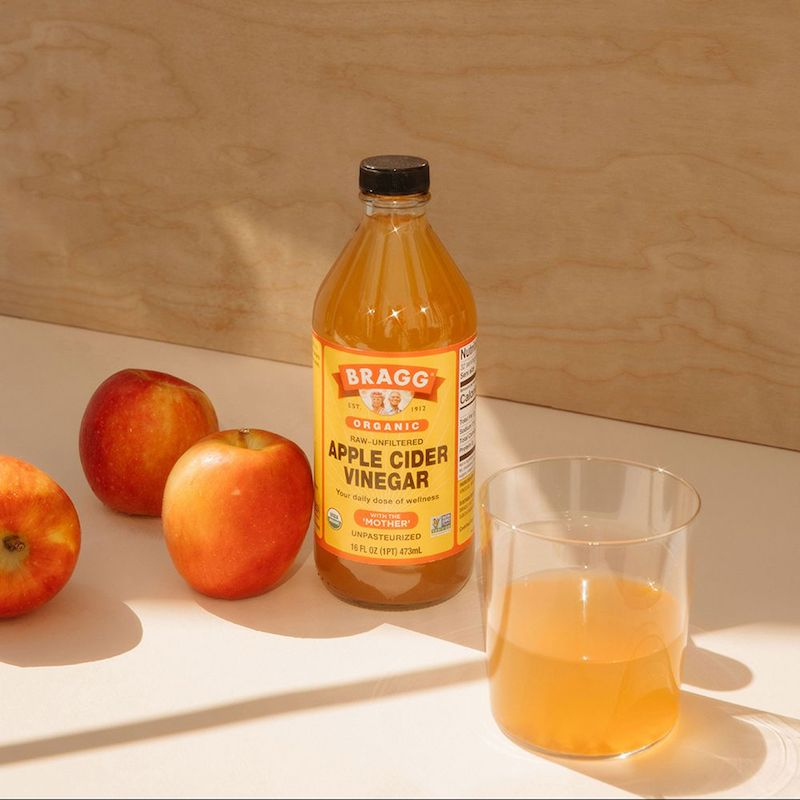
How It’s Made: From Apple Juice to Tangy Vinegar
So, what’s really going on in that bottle? Understanding ACV is all about understanding a cool two-step transformation called fermentation. Knowing this process is the key to telling the good stuff from the cheap imitations.
It all starts with apple juice, ideally from fresh-pressed, whole apples. This juice is naturally packed with sugar. To get things going, yeast is added. This is the same type of yeast that makes beer and bread. The yeast eats the sugar and, without much oxygen around, turns it into alcohol and carbon dioxide. What you have now is basically hard apple cider. By the way, the type of apple used here makes a huge difference in the final flavor—tart cider apples will give you a totally different result than sweet dessert apples.
Once you’ve got hard cider, the second act begins. This step needs a new helper: a group of bacteria called Acetobacter. These little guys are everywhere in the air. When they get access to the alcohol in the cider and have plenty of oxygen, they get to work converting that alcohol into acetic acid. That acid is what delivers vinegar’s signature sharp taste and pungent smell. A properly finished ACV will have an acetic acid content of around 4% to 6%.
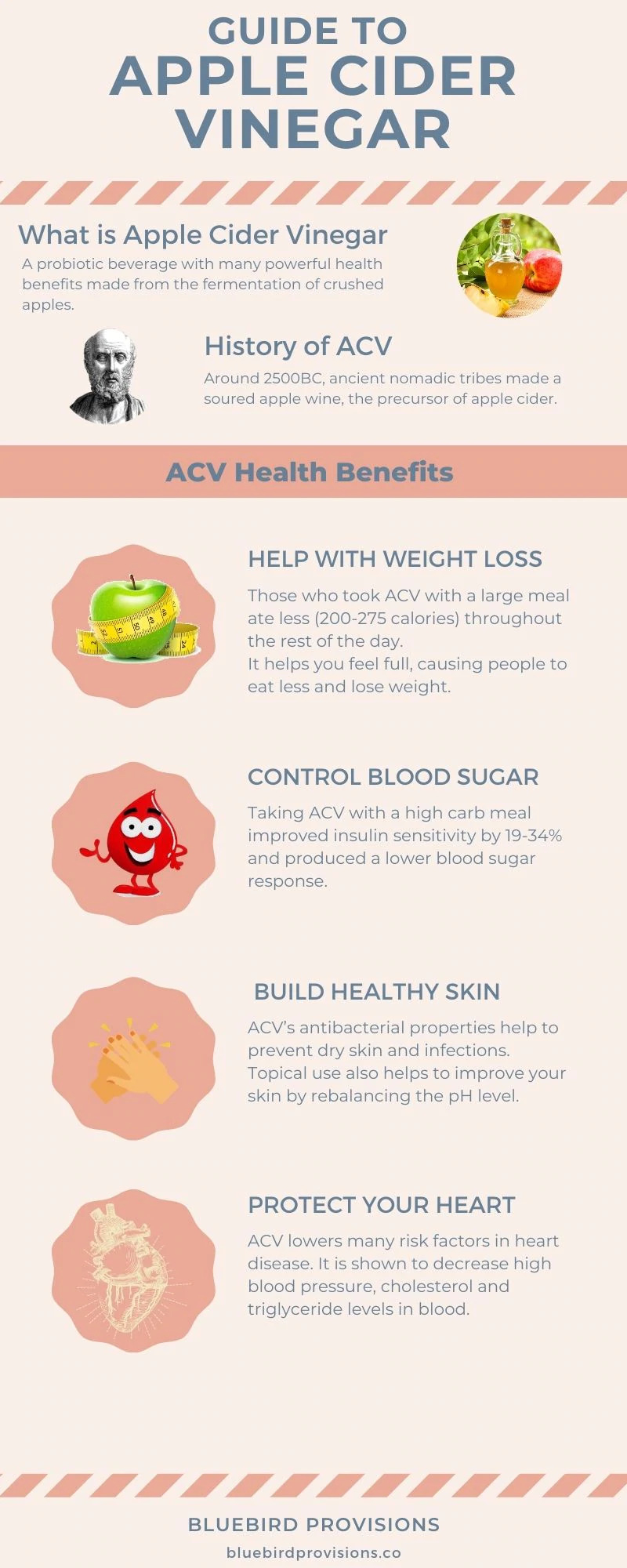
What’s the Deal with the “Mother”?
During that second fermentation step, the bacteria create this slimy, web-like stuff. That’s the “mother of vinegar.” It’s essentially a living colony of the beneficial bacteria, all tangled up in a structure made of natural cellulose. Seeing it in a bottle is a great sign! It tells you the vinegar is raw, unfiltered, and unpasteurized, meaning it hasn’t been heat-treated to kill off all the good stuff just to make it look pretty and clear on the shelf.
Your Smart Shopper’s Checklist for Quality ACV
The bottle you pick up at the store really matters. Not all ACV is created equal, and you want to make sure you’re getting a product made with care, not just an industrial souring agent. Here’s what I tell my clients to look for.
The Good Stuff (What to Look For):
- Cloudy, Not Clear: You want to see that murky, unfiltered goodness. The cloudiness comes from the suspended “mother” and tiny bits of the original apples.
- “With the Mother” on the Label: Good brands are proud of this. You should see the sediment or strands settled at the bottom. Give it a gentle shake to see it swirl around.
- Organic Certification: This is a big one for me. Choosing organic means the apples were grown without a boatload of synthetic pesticides. Since vinegar is a concentrate, you want to minimize any chemical residue.
- Glass Bottle: Acetic acid is pretty reactive. Over time, it can potentially pull chemicals from cheap plastic. Glass is inert, making it the safest home for your vinegar.
The Red Flags (What to Avoid):
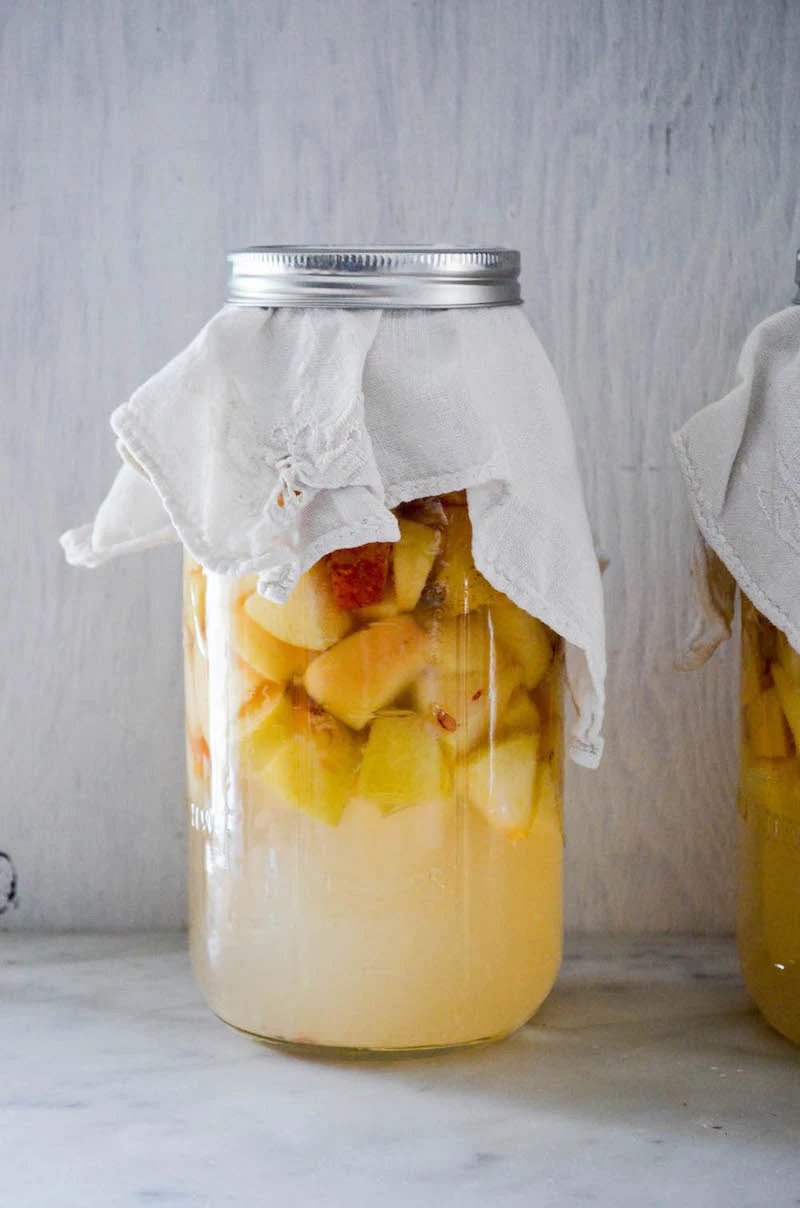
- Crystal Clear Liquid: This is a sign it’s been filtered and likely pasteurized, stripping it of the mother and other beneficial compounds.
- Plastic Bottles: Especially cheap, flimsy ones. Stick to glass whenever you can.
- Vague Labels: If it doesn’t say it’s made from “whole apples” or “fresh-pressed apples,” it might be made from cheap concentrate or even grain alcohol with apple flavoring.
Quick tip on price: You don’t have to break the bank, but be wary of suspiciously cheap options. Expect to pay between $5 and $10 for a quality 16 to 32-ounce bottle. Well-known brands like Bragg or Fairchild’s are popular for a reason—they consistently deliver a raw, unfiltered product. Once you get it home, just store it in a cool, dark pantry. No need to refrigerate!
Let’s Be Honest About the Health Claims
This is where things can get a little wild. ACV is a food with some interesting properties, not a magic potion. Let’s look at the biggest claims with a healthy dose of reality.
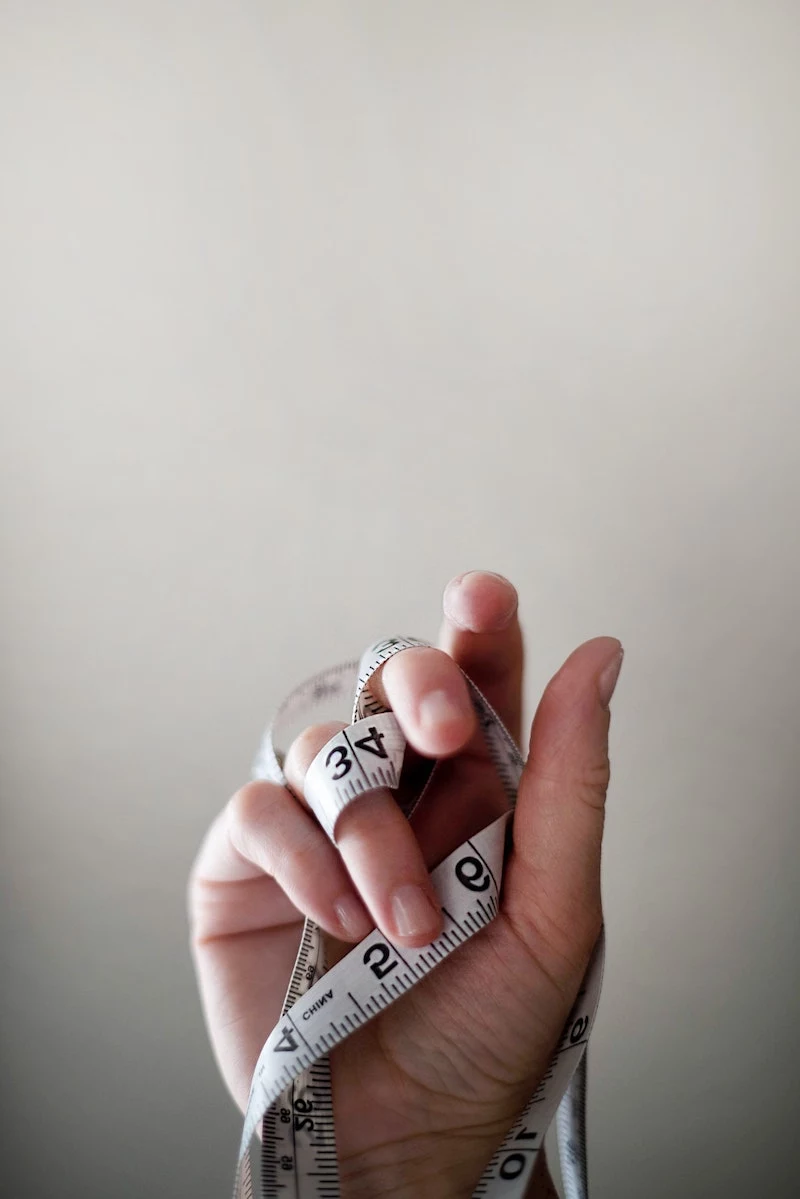
Blood Sugar
This is one of the most well-researched benefits. The acetic acid in ACV seems to slow down the enzymes that digest starches. So, when you eat a carb-heavy meal, the sugar release into your bloodstream is more of a gentle slope than a sharp spike. It’s a pretty neat trick.
But a huge heads-up is needed here. This absolutely does NOT make ACV a treatment for diabetes. I once worked with a client with Type 1 diabetes who started taking ACV without telling his doctor and ended up with dangerously low blood sugar. His insulin dose was suddenly too strong for the slowed-down carbs. If you have diabetes or any issues with blood sugar management, you MUST talk to your doctor before even thinking about adding ACV to your routine.
Weight Management
Some studies show a modest link between ACV and weight loss, but it’s crucial to know why. ACV isn’t a fat-melter. Its main effect seems to be increasing satiety—the feeling of fullness. A small, diluted dose before a meal might help you feel full faster, leading you to eat fewer calories. To be frank, some people also report slight nausea, which is a pretty effective appetite suppressant.
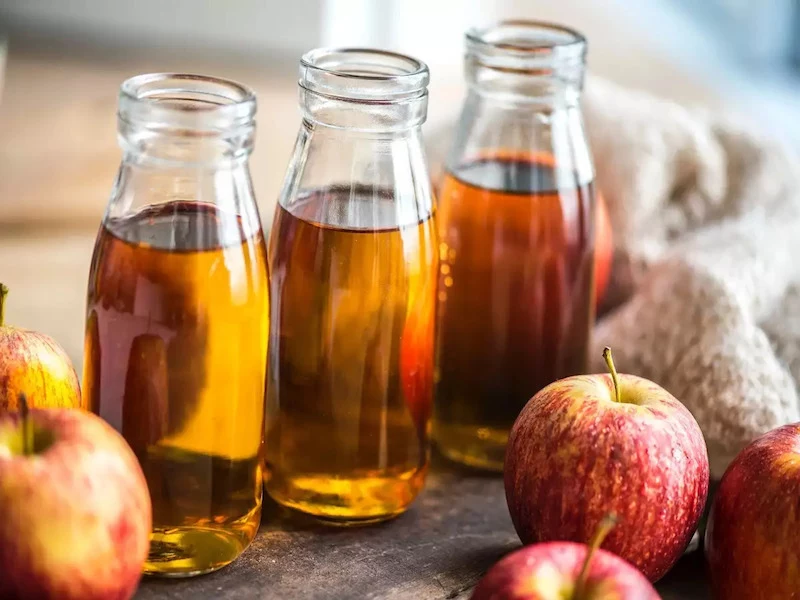
So, let’s set some honest expectations. The weight loss in studies is usually just a few pounds over several months, and always paired with a calorie-controlled diet. ACV won’t do a thing if your eating habits don’t change.
Digestion
While the “mother” does contain some live bacteria, the amount is tiny compared to true probiotic powerhouses like kefir or kimchi. The main digestive benefit might come from its acidity supporting a healthy stomach environment, especially for those with low stomach acid. But for many, adding more acid is a terrible idea. If you struggle with acid reflux, GERD, or ulcers, ACV can feel like throwing gasoline on a fire. If you’re determined to try, start with a tiny dose (like half a teaspoon in a full glass of water) and see how you feel.
Timeless Traditions and Kitchen Uses
Long before it became a wellness trend, ACV was a workhorse in kitchens and on farms. For early American settlers, apple orchards were vital. The apples were often turned into hard cider and vinegar—stable products that would last all winter and were essential for pickling and preserving other foods.

It was also a key ingredient in old-fashioned thirst-quenchers called shrubs or switchels. These were simple drinks mixed up for farmhands to stay hydrated in the field.
Want to try a classic farmer’s refresher? It’s surprisingly good. Just mix 1 tablespoon of ACV, 1 tablespoon of honey or maple syrup, and a small pinch of ground ginger in a big glass of ice-cold water or seltzer. Stir well and enjoy.
The Right Way to Use ACV (And How to Avoid Hurting Yourself)
How you use ACV is just as important as the kind you buy. Using it wrong can cause real harm, and I’ve seen it—from damaged teeth to skin irritation. Let’s get this right.
In a rush? Here’s the safest way to start TODAY:
1. Mix 1 teaspoon of raw ACV into a large (8 oz) glass of water.
2. Drink it with a straw, preferably right before a meal.
3. Rinse your mouth with plain water when you’re done.
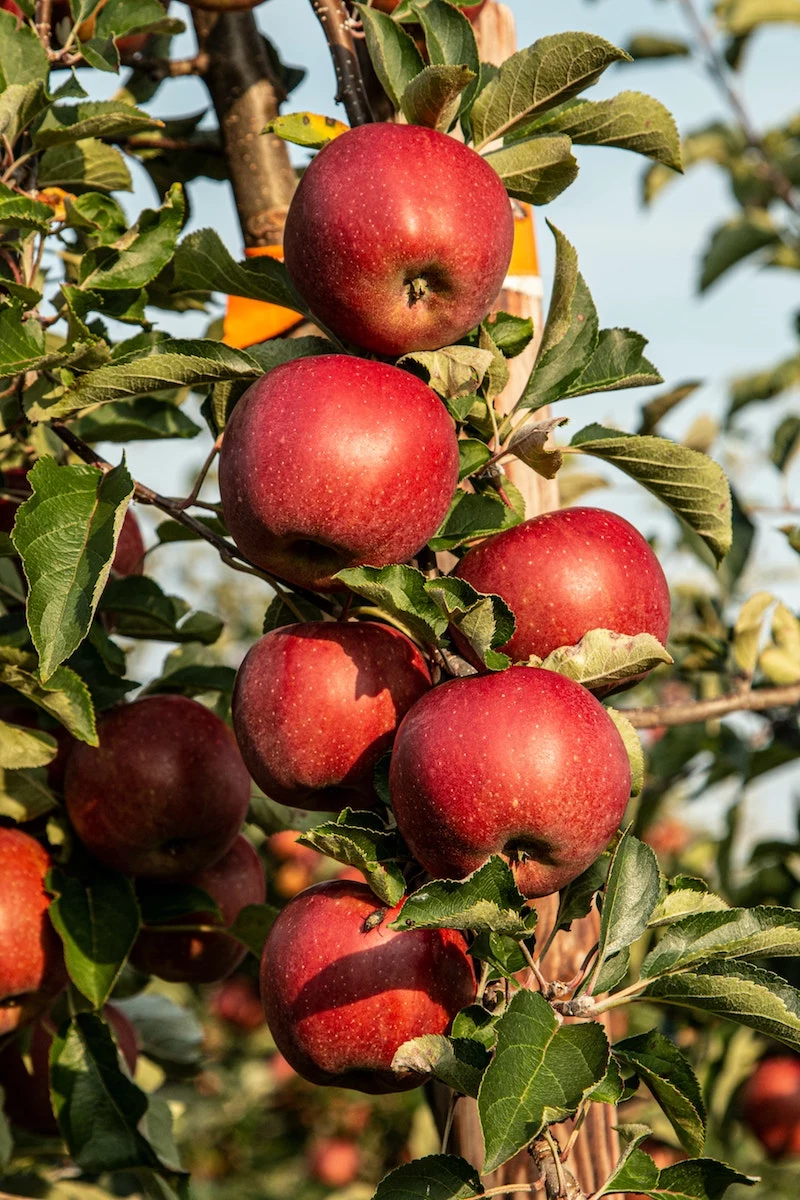
Protect Your Teeth at All Costs
This is the most common and overlooked danger. Acetic acid is strong enough to erode tooth enamel, and once that’s gone, it’s gone for good. This leads to sensitivity, yellowing, and more cavities.
I’ll never forget a young woman who came to me after drinking straight ACV shots every morning for a year. Her dentist was horrified by the enamel damage. Here’s the protocol we put in place to stop it from getting worse:
- Always, always dilute it. Never drink it straight. The standard dose is 1-2 teaspoons (max of 1 tablespoon) in at least 8 ounces of water.
- Use a straw. This helps the acid bypass your teeth.
- Rinse with plain water immediately after. Swish and spit to wash away the residual acid.
- Wait 30 minutes to brush. The acid softens your enamel temporarily. Brushing right away is like scrubbing with sandpaper. Let your saliva do its job of re-hardening your enamel first.
Think of it this way: the acid is a powerful tool, but you want it working inside your body, not on your teeth.
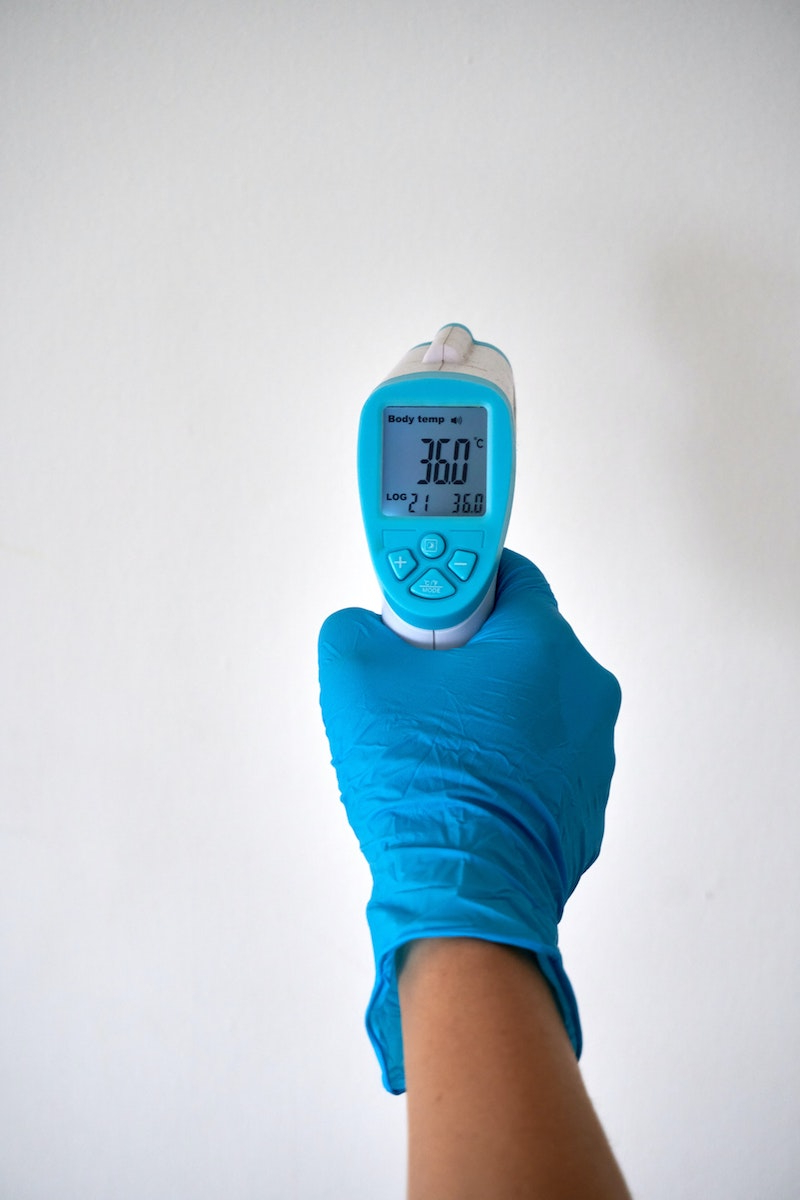
A Note on Skin and Hair
People use diluted ACV as a facial toner or hair rinse, but you have to be so careful. I once advised a man who tried to treat a skin tag with pure ACV on a cotton ball. He ended up with a painful chemical burn and a permanent scar. For things like skin tags or warts, please see a dermatologist or use a product actually designed for that, like an over-the-counter salicylic acid treatment. Vinegar is not a safe substitute.
If you do decide to use it topically, start with a super-diluted mixture (1 part ACV to 10-15 parts water) and always do a patch test on your inner wrist first.
Safety First: Who Should Avoid ACV?
There are definitely times when ACV is a bad idea. Be extremely cautious if you have:
- Chronic Kidney Disease: Damaged kidneys struggle to process excess acid.
- Gastroparesis: Since ACV can slow stomach emptying, it can make this condition worse.
- Low Potassium Levels: ACV can deplete potassium, so if you’re already low, stay away.
- Stomach Ulcers or Severe Reflux: Don’t add acid to an already irritated system.
Also, if you take diuretics, insulin, or other diabetes medications, you must talk to your doctor. ACV can interact with them and cause serious problems like low potassium or hypoglycemia.
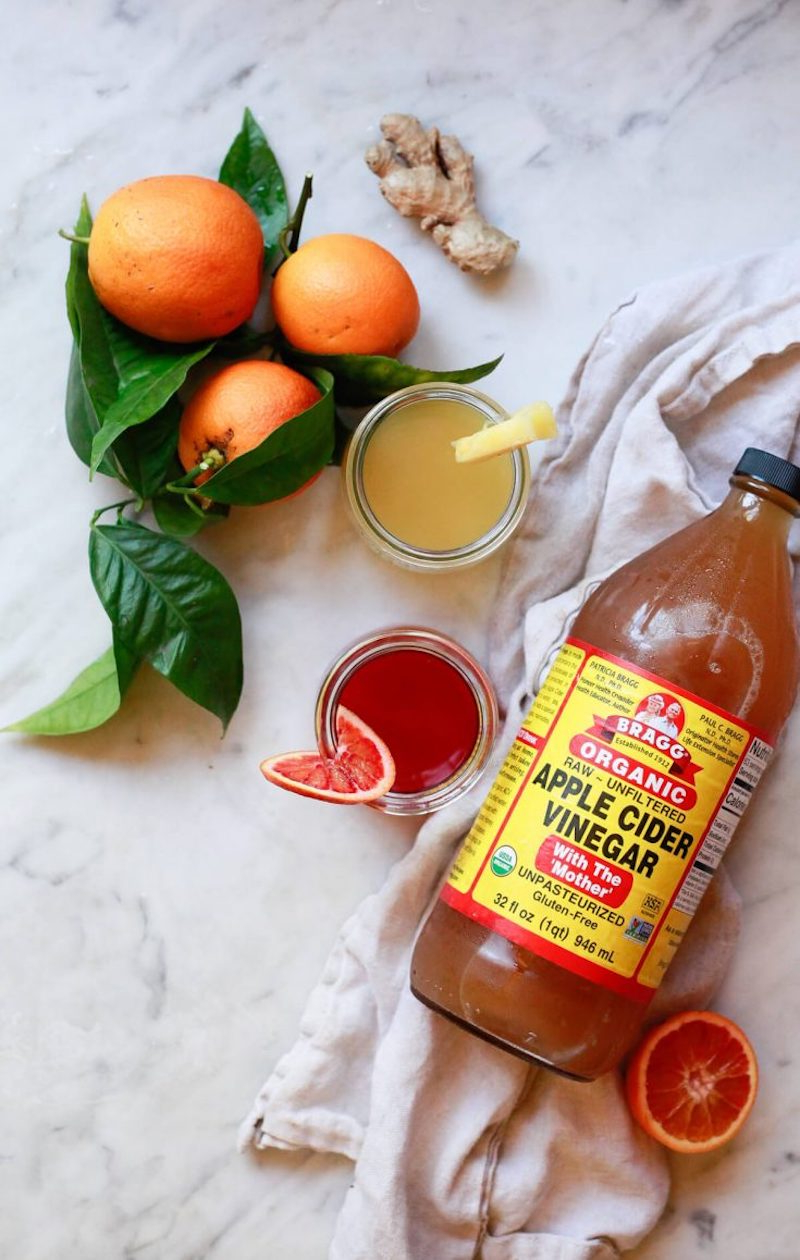
My Final, Balanced Take
After all these years, my view on apple cider vinegar is pretty simple. It’s a fantastic culinary ingredient and can be a gentle wellness tool when used with knowledge and respect. The easiest way for anyone to start is with a simple vinaigrette.
My Go-To Vinaigrette: In a jar, combine 3 parts good olive oil, 1 part ACV, a spoonful of Dijon mustard, and a pinch of salt and pepper. Put the lid on and shake it like crazy. Done. It’s delicious and a perfectly safe way to get ACV into your diet.
In the end, there’s no miracle in a bottle. The best path to health is, and always will be, a balanced diet, regular movement, and a dose of common sense. Use ACV for its tangy flavor and modest benefits, but please, use it safely.
Inspirational Gallery
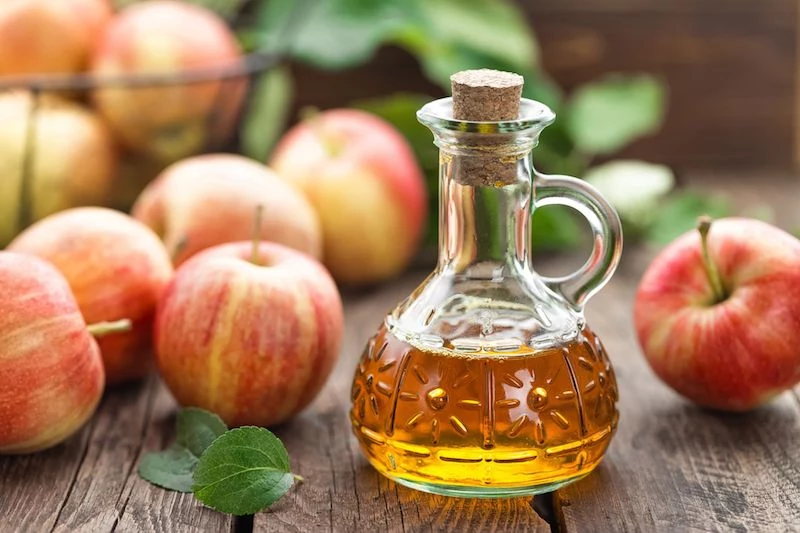
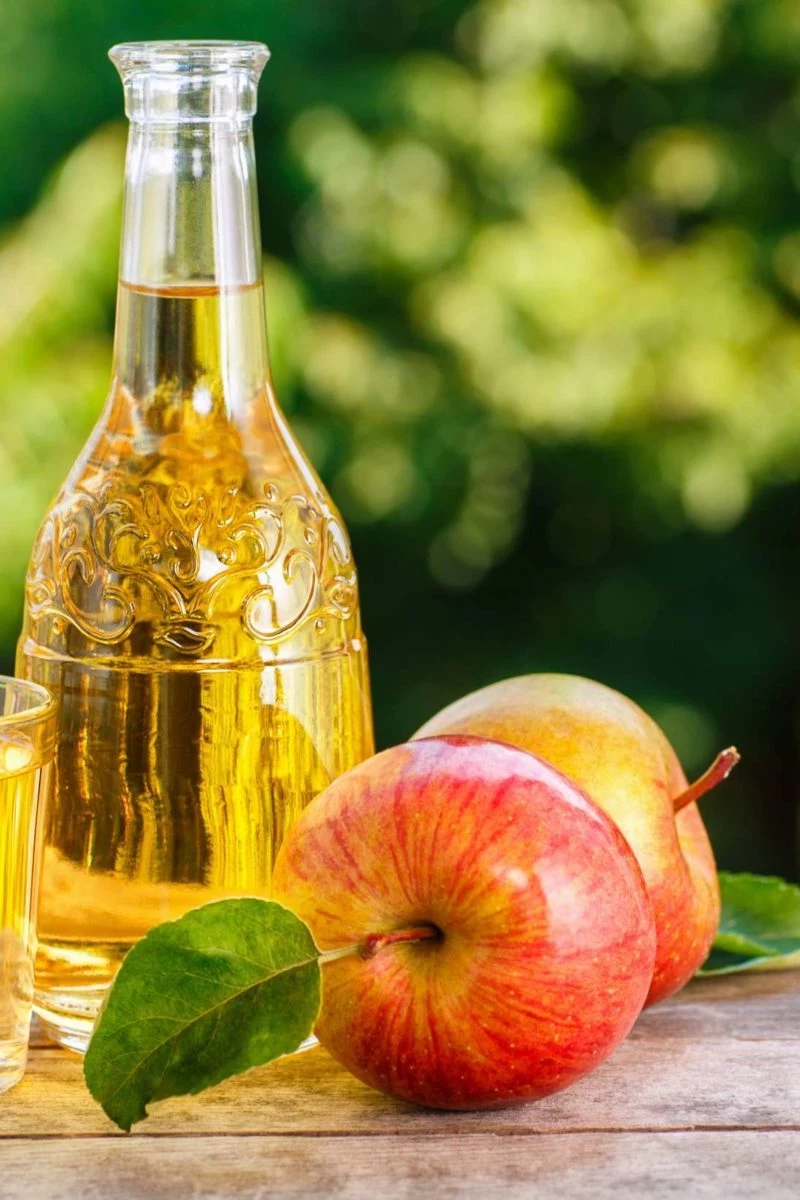
Your Tooth Enamel Isn’t a Fan: The same acetic acid that gives ACV its potential benefits is also highly corrosive to your teeth. To protect your smile, always dilute one or two tablespoons in a large glass of water, and consider drinking it through a straw to minimize direct contact with your tooth enamel. Never sip it straight from the bottle.
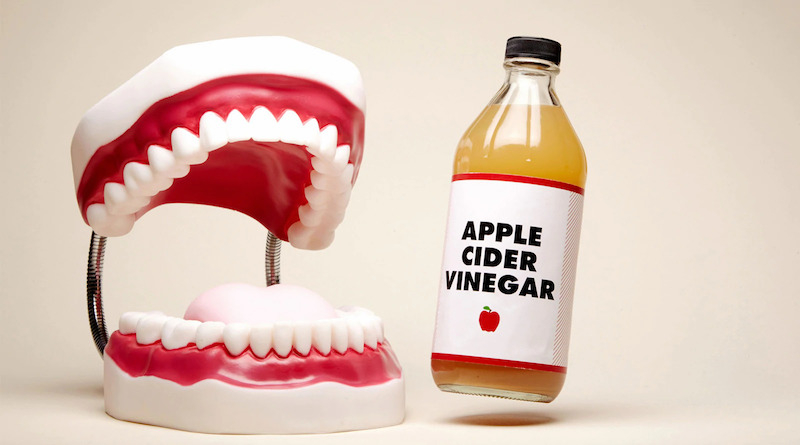
A study published in the Journal of Food Science found that vinegar can effectively kill E. coli O157:H7, a foodborne pathogen.
While the concentration matters, this highlights ACV’s potential as a natural cleaning agent for fresh produce. A simple soak in a diluted solution (about 1 part vinegar to 10 parts water) for a few minutes can help wash away surface bacteria before you rinse and eat.
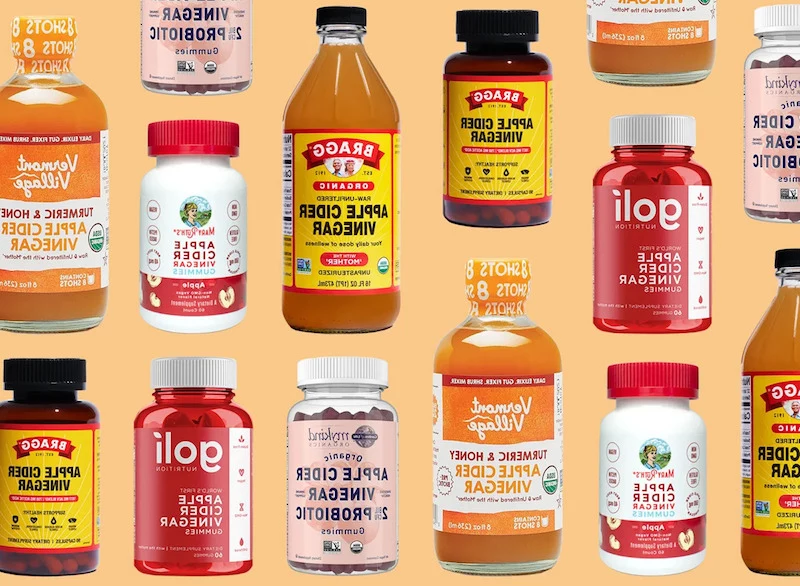
Beyond a morning shot, how can I use it in my cooking?
Think of ACV as a flavor amplifier. Its bright acidity can cut through richness and balance other tastes. Add a splash to a pot of chili or bean soup to brighten the flavors, use it to deglaze the pan after searing pork chops for a tangy pan sauce, or whisk it into marinades for chicken or vegetables to tenderize and add zest. It’s a chef’s secret for adding complexity without calories.
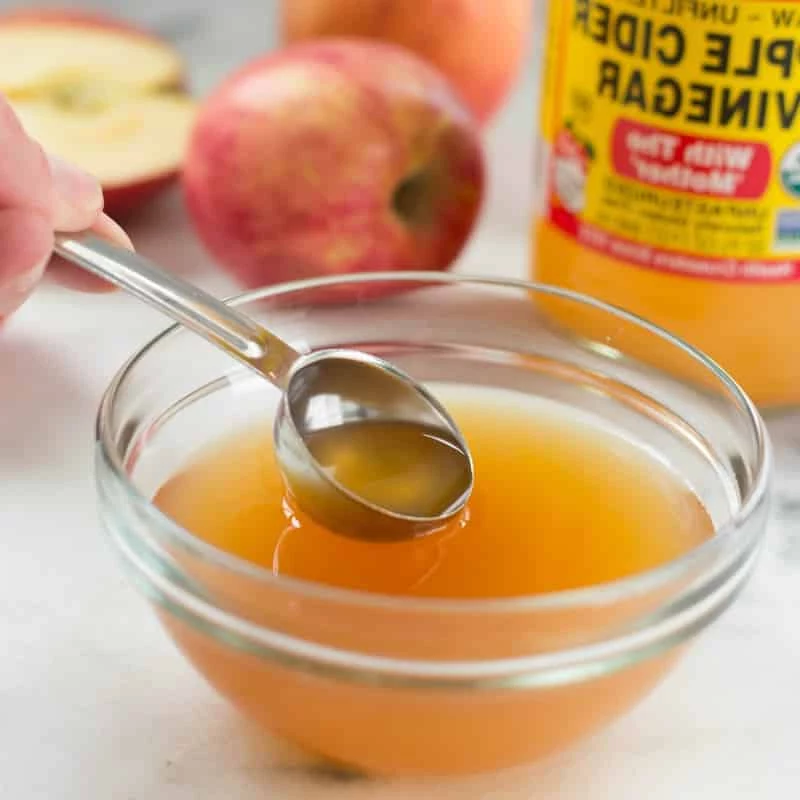
- It kickstarts a new batch of vinegar in a fraction of the time.
- It can be shared with friends who want to start their own fermentation journey.
- It can even be blended (in small amounts) into a smoothie for a probiotic boost.
That gelatinous disk that forms on your ACV is the ‘mother’ and it’s alive! Don’t discard it. This symbiotic culture of bacteria and yeast is the engine of fermentation and is perfectly safe to consume or reuse.
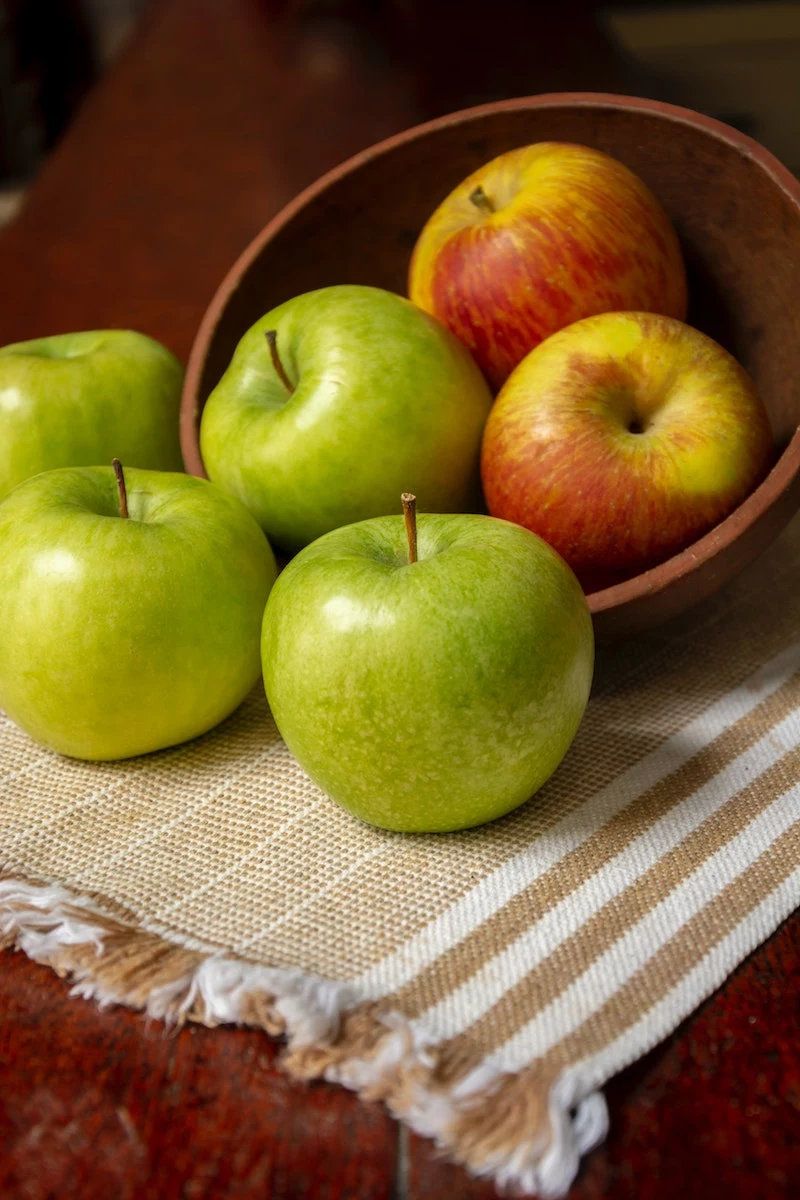
When you’re at the store, the choice can be confusing. Here’s a quick guide:
Filtered ACV: This is the crystal-clear, amber liquid you see most often. It’s been pasteurized and filtered, which removes the ‘mother.’ It’s excellent for household cleaning but lacks the probiotic punch of its raw counterpart.
Raw, Unfiltered ACV: Look for the cloudy, murky bottle, often from brands like Bragg or Fairchild’s. The label should say ‘with the mother.’ This is the version you want for culinary and potential wellness uses, as it contains the beneficial bacteria and enzymes from the fermentation process.
Not all apples create the same vinegar. The final flavor profile of an artisanal apple cider vinegar is deeply tied to the apple varieties used. A vinegar made from tart, tannic cider apples like Kingston Black will have a sharp, complex, and almost savory character. In contrast, one made from sweeter dessert apples like Honeycrisp or Gala will yield a milder, fruitier, and more approachable final product.










